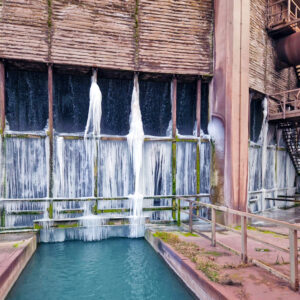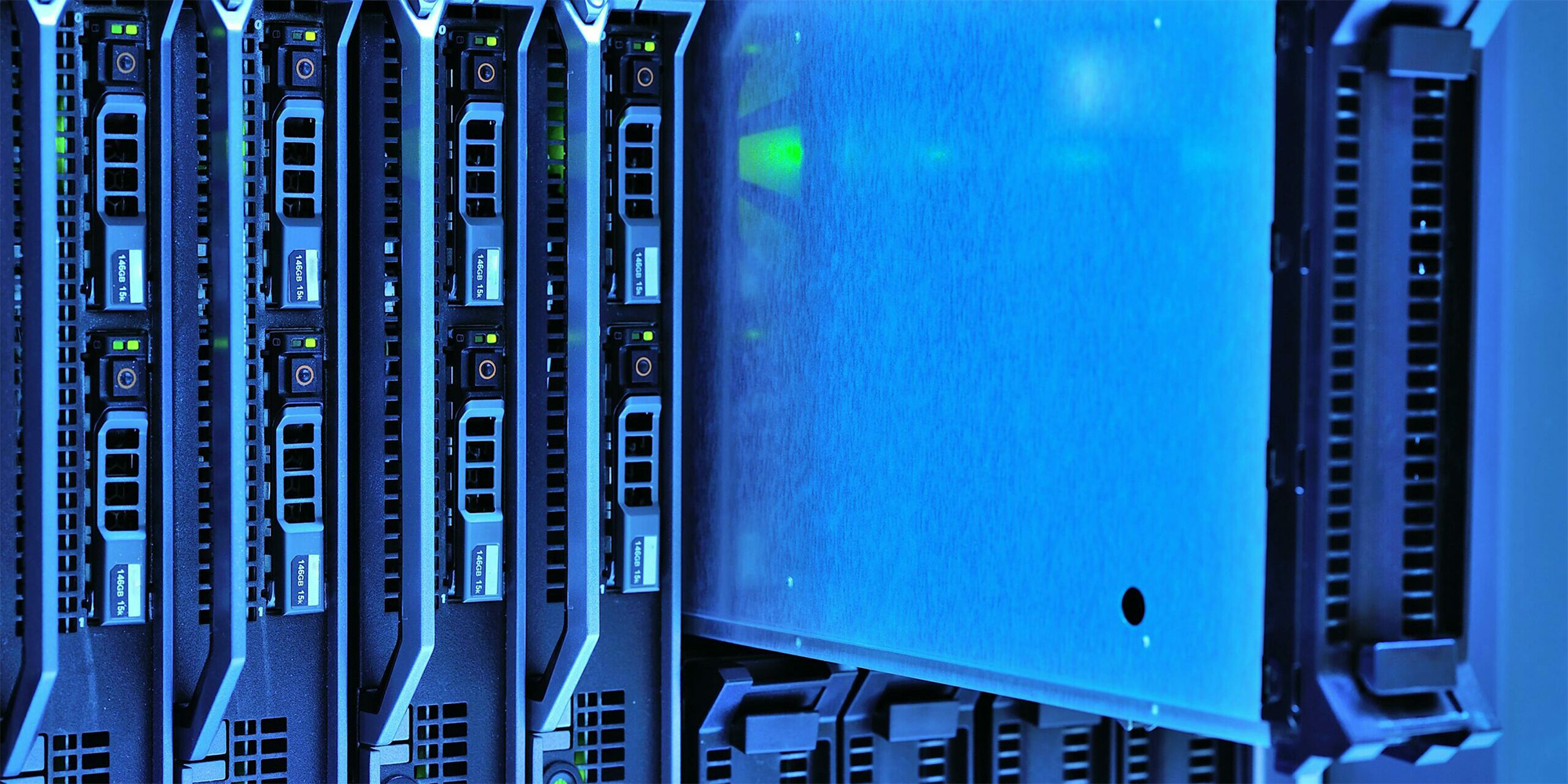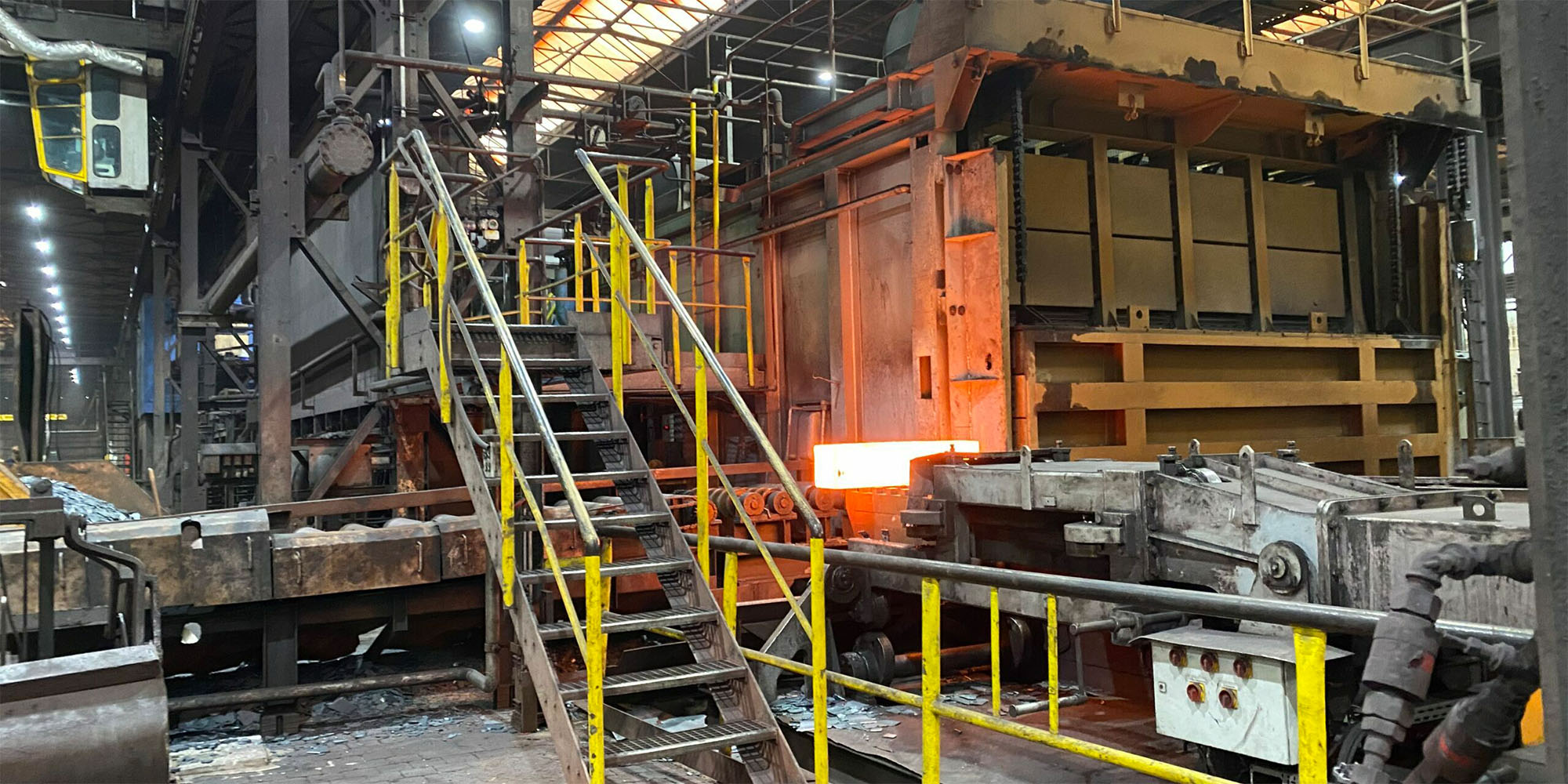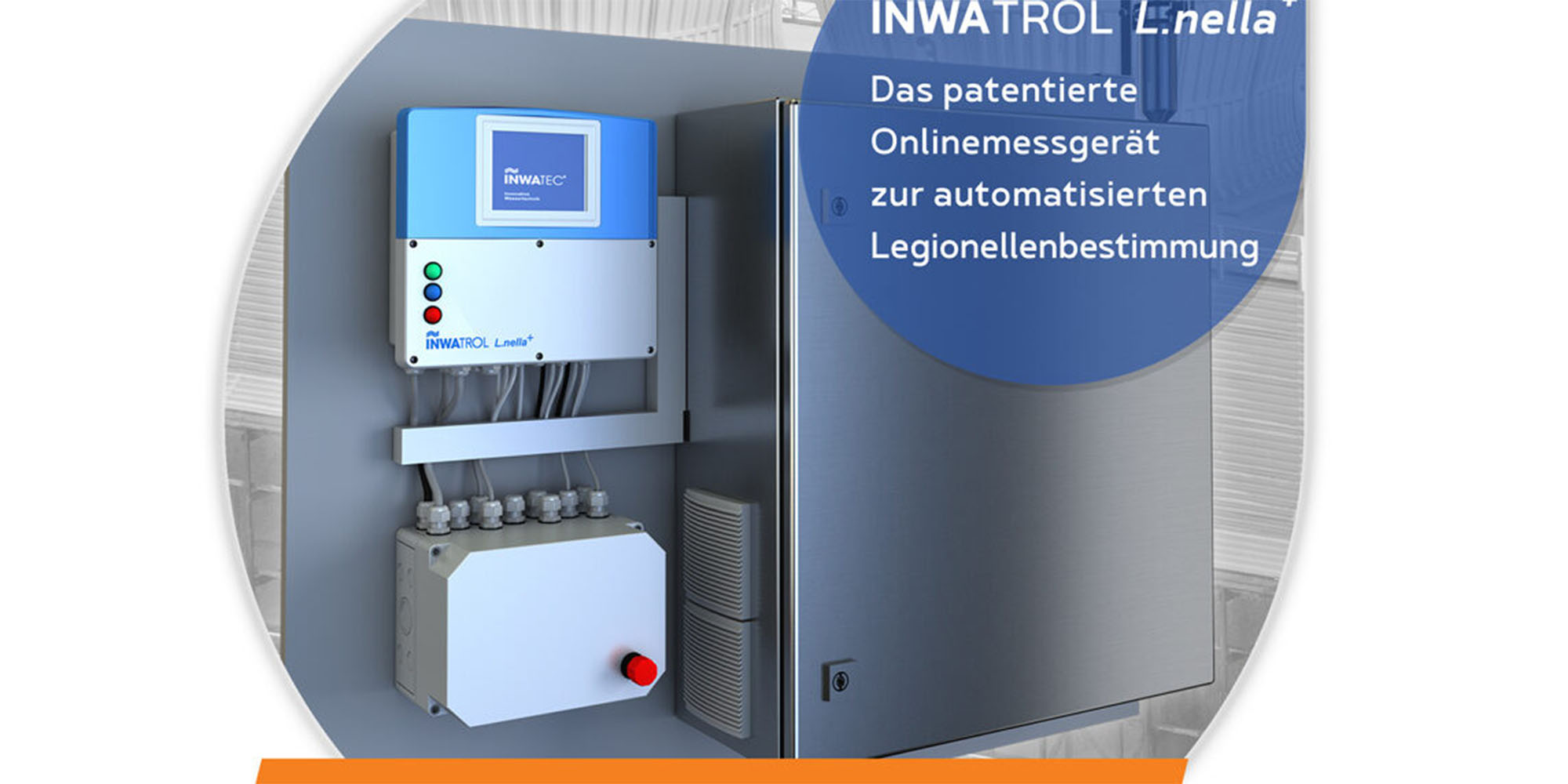Tips for operating and decommissioning cooling towers
Cooling towers are indispensable components of many industrial processes. They ensure efficient cooling and make a significant contribution to the functioning of entire systems. However, in winter in particular – when temperatures drop and there are potential periods of frost – special care is required. Whether in operation or during longer downtimes: Those who take the right measures early on will protect their systems from damage and maintain efficiency in the long term.
Operating cooling towers at sub-zero temperatures
Operating a cooling tower in winter poses special challenges. During this time, it is essential to avoid stagnation in parts of the system, as stagnant water increases the risk of corrosion and microbiological growth, even at low temperatures. Fan operation should also be optimized. When using frequency converters, it is important that the droplet separators are optimally supplied with water. Otherwise, this can lead to increased aerosol ejection, especially if the fans are switched off and the natural draught is insufficient.
A key issue is the prevention of ice formation. Frozen water can cause considerable damage to components such as droplet separators. Regular checks of the water flows help to minimize the risk of the system cooling down or freezing. The dosage of disinfectants also plays an important role. Microbiological growth is often reduced in the winter months, which leads to a lower consumption of biocides. Without online monitoring, this effect often goes unnoticed, which could lead to overdosing. With our INWATROL expert, you can continuously monitor your system and adjust the dosages optimally and as required. The system provides precise data on the desired cooling water parameters, saves them in the online operating log and automatically warns you of any abnormal values.
Measures for winter shutdown
When cooling towers are taken out of service for the winter months, careful preparation is crucial to prevent damage from frost or corrosion. First of all, the pipes should be completely drained so that no water remains in blind spots that could freeze. Thoroughly cleaning the inside of the cooling tower ensures that no residue or deposits remain. The mechanical components should also be checked. All screw connections must be tight and belts should be loosened to avoid unnecessary material tension during the downtime.
Before recommissioning in the spring, a hygienic assessment of all relevant parts of the system is necessary. According to the 42nd BImSchV, a qualified person must assess the condition of the system and a legionella test is mandatory. These steps ensure safe and efficient recommissioning.
Maintenance measures during the winter
Regular maintenance measures should also be carried out during the winter months to ensure the functionality of the system. This includes checking the droplet separators, cleaning the heat exchanger surfaces and lubricating mechanical components. With the help of our INWATROL expert, you can keep an eye on the condition of your system. The system enables a proactive response to deviations by providing precise measurement data, automatically raising the alarm in the event of problems and dosing chemicals as required.
Spring check after the cold period
After the winter, cooling towers should undergo a comprehensive inspection to identify possible damage caused by ice formation or corrosion. A hygienic inspection, supplemented by an additional water analysis, should be documented and entered in the operating log. The insulation performance of the motor should also be checked to ensure that the electrical components are working properly.
Your partner for winter-proof cooling towers
The cold season brings challenges, but with the right measures you can ensure the efficiency and safety of your cooling towers even in winter. Our INWATEC team is always at your side – whether it’s preparing for the winter months, optimizing during operation or recommissioning. With our INWATROL expert, you also have a reliable solution for the continuous monitoring and documentation of your cooling water parameters. We also offer an online operating logbook that records all important data and meets the requirements of the 42nd BImSchV.
Contact us today for a no-obligation consultation. Together, we’ll get your systems ready for winter. With these measures, your cooling towers are ideally equipped to work reliably or to get through the downtime safely. Frost and breakdowns don’t stand a chance!




